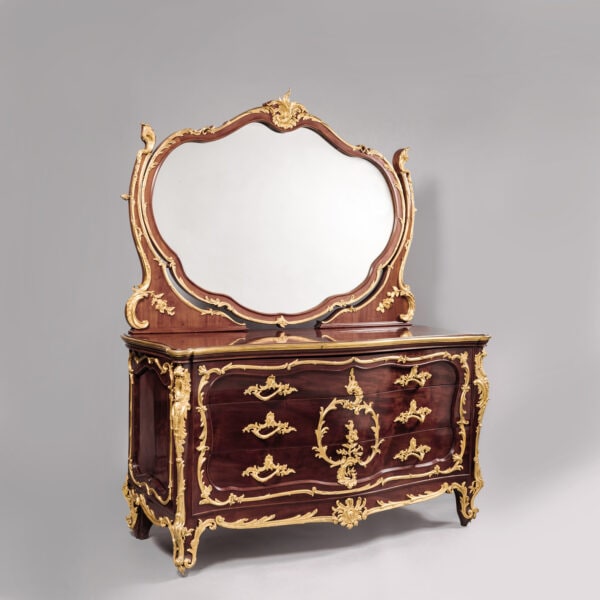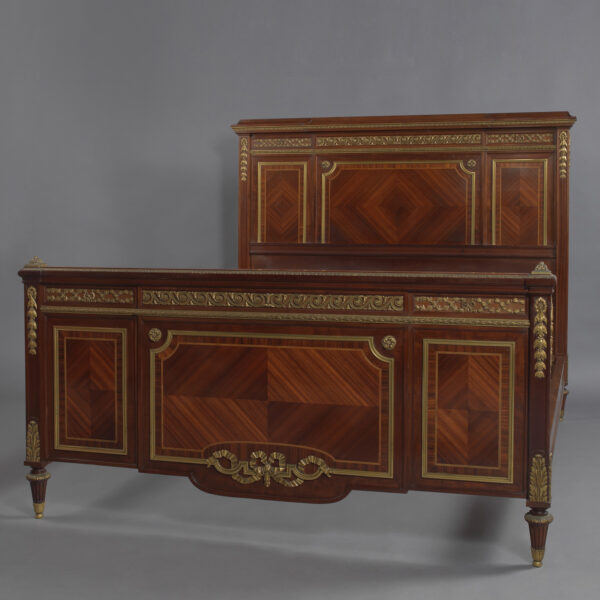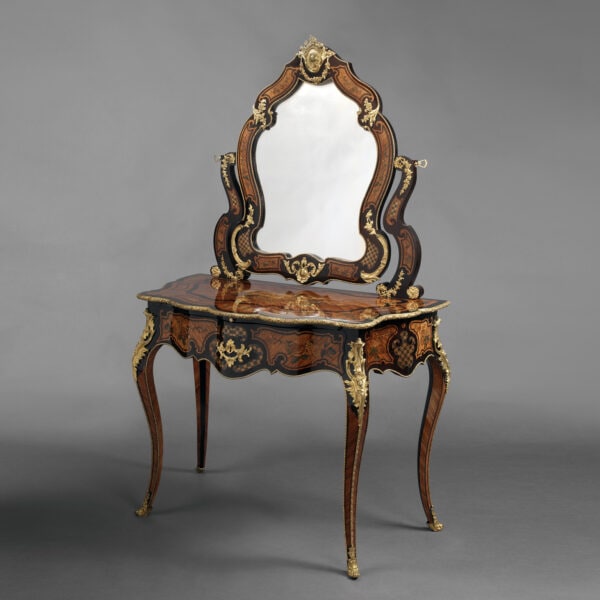After Thomas Sheraton
A Late Victorian Polychrome-Decorated Satinwood Crib
£4,900
A Late Victorian Polychrome-Decorated Satinwood Crib, After a Design by Thomas Sheraton. Made from precious satinwood decorated with polychrome painted...
Dimensiones
Height: 95 cm (38 in)Anchura: 102 cm (41 in)
Profundidad: 61 cm (25 in)
Descripción
A Late Victorian Polychrome-Decorated Satinwood Crib, After a Design by Thomas Sheraton.
Made from precious satinwood decorated with polychrome painted flowers and husk trails. The front and back with ‘vernis Martin’ scenes of cherubs. The hood removable and adjustable. The fluted uprights with brass rods supporting the rocking movement. On splayed legs joined by a turned stretcher. The feet modelled as gilt-brass lion paws on brass caster.
A related design dates to circa 1891 as published in ‘The Cabinet-Maker and Upholsterer’s Drawing Book’, by Thomas Sheraton. Described as a swinging crib-bed, it had an ingenious clockwork mechanism which kept it swinging for forty-five minutes at one winding.
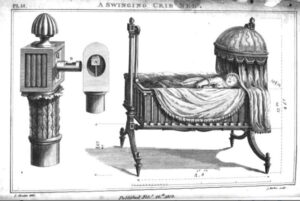
Design for a swinging crib bed, circa 1791. Thomas Sheraton, The Cabinet-Maker and Upholsterer’s Drawing Book’.
The fame of Thomas Sheraton (1751–1806) as a cabinetmaker and furniture designer ranks next to that of Thomas Chippendale. ‘Sheraton Style’ furniture was very fashionable in the late Victorian and Edwardian period when it was revived by makers such as Holland & Sons.
England, Circa 1890.
Fecha
Alrededor de 1890
Origen
Inglaterra
Medio
Satinwood
Thomas Sheraton (1751 – 22 October 1806) was a furniture designer, one of the “big three” English furniture makers of the 18th century, along with Thomas Chippendale and George Hepplewhite. Sheraton gave his name to a style of furniture characterised by a refinement of late Georgian styles and became one of the most powerful sources of inspiration behind the furniture of the late 18th century.
Sheraton was born in Stockton-on-Tees, County Durham, England. He was apprenticed to a local cabinet maker and continued working as a journeyman cabinet maker until he moved to London in 1790, aged 39. There he set up as professional consultant and teacher, teaching perspective, architecture, and cabinet design for craftsmen. It is not known how he gained either the knowledge or the reputation which enabled him to do this, but he appears to have been moderately successful.
Starting in 1791 he published in four volumes The Cabinet Maker’s and Upholsterer’s Drawing Book. At least six hundred cabinet makers and joiners subscribed to his book, and it was immediately influential. During this period he did not have a workshop of his own and it is believed that Sheraton himself never made any of the pieces shown in his books. No pieces of furniture have ever been traced to him directly.
In 1803 he published The Cabinet Dictionary, a compendium of instructions on the techniques of cabinet and chair making. Then a year before his death, in 1805 he published the first volume of The Cabinet Maker, Upholsterer and General Artist’s Encyclopaedia.
Sheraton’s name is associated with the styles of furniture fashionable in the 1790s and early 19th century. Many of the designs are based on classical architecture, knowledge of which was an essential part of a designer’s technical education. Not all of the drawings are of his own design – he acknowledged that some of them came from works in progress in the workshops of practising cabinet makers – but he was a superb draughtsman and he set his name on the style of the era.
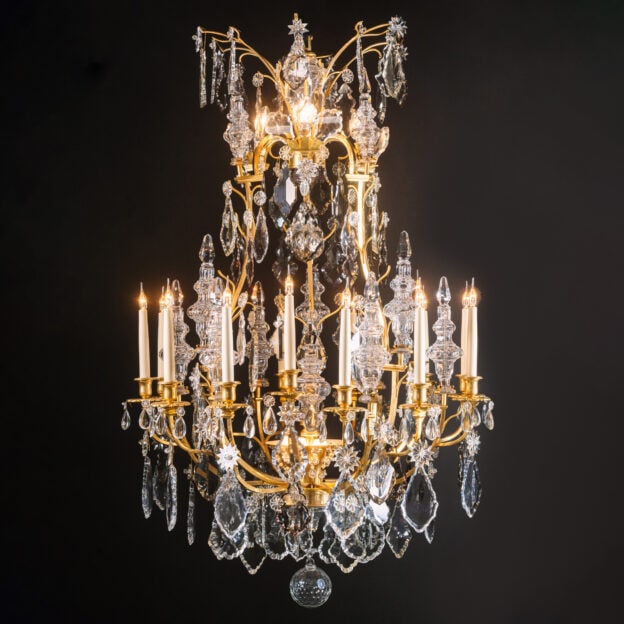




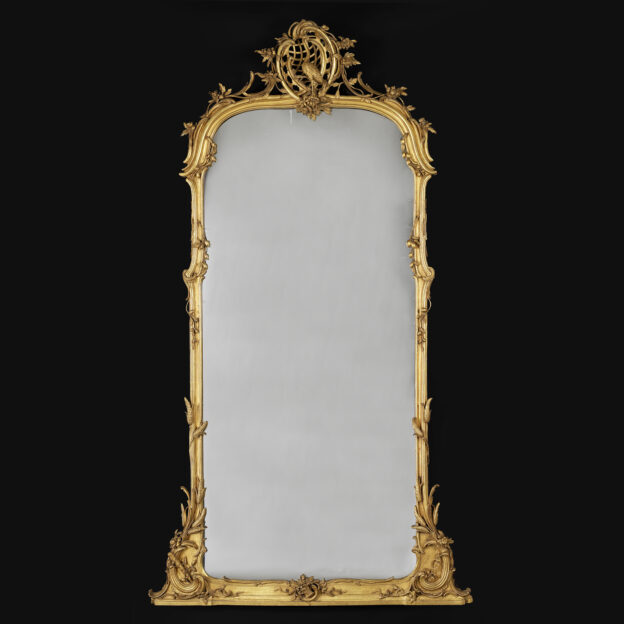

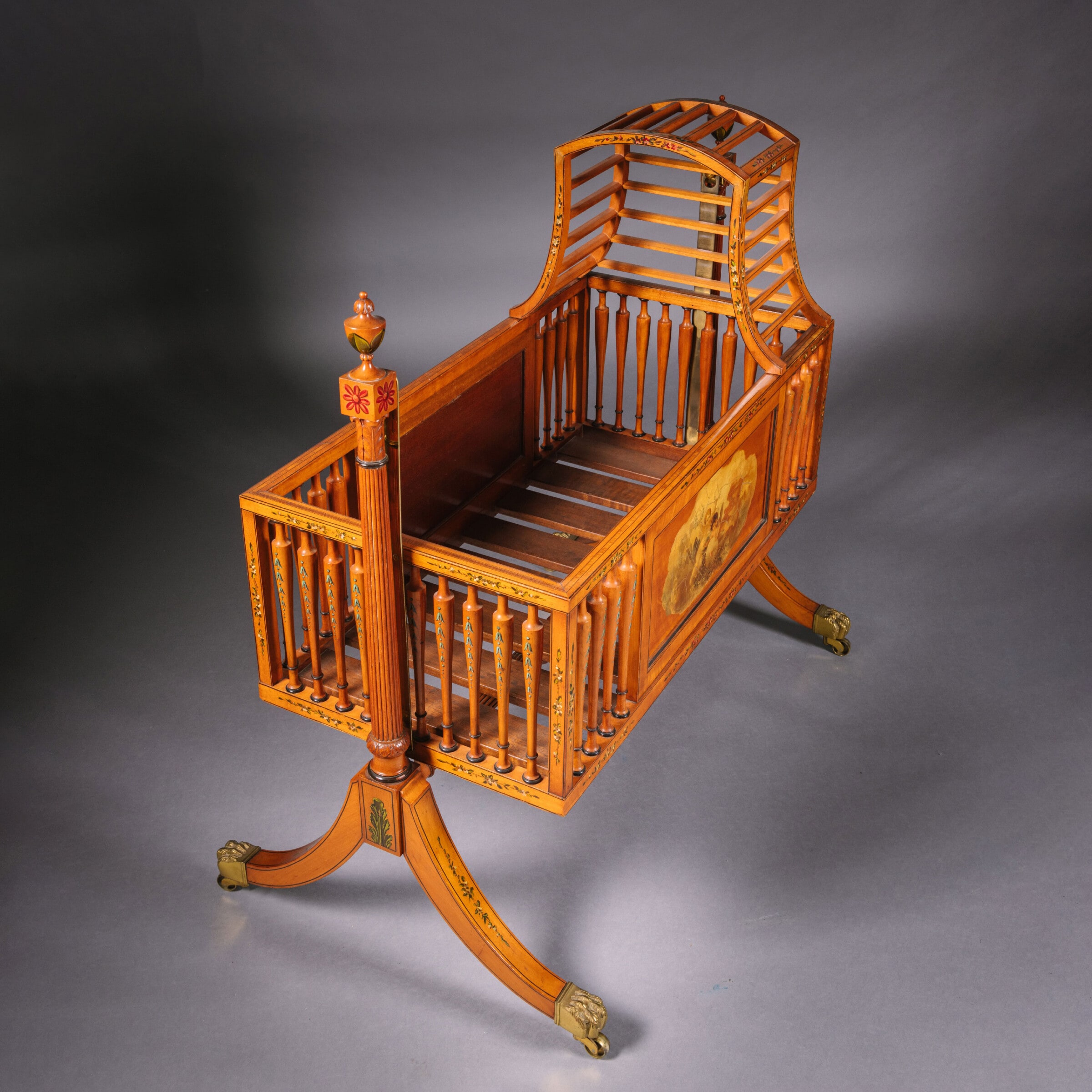
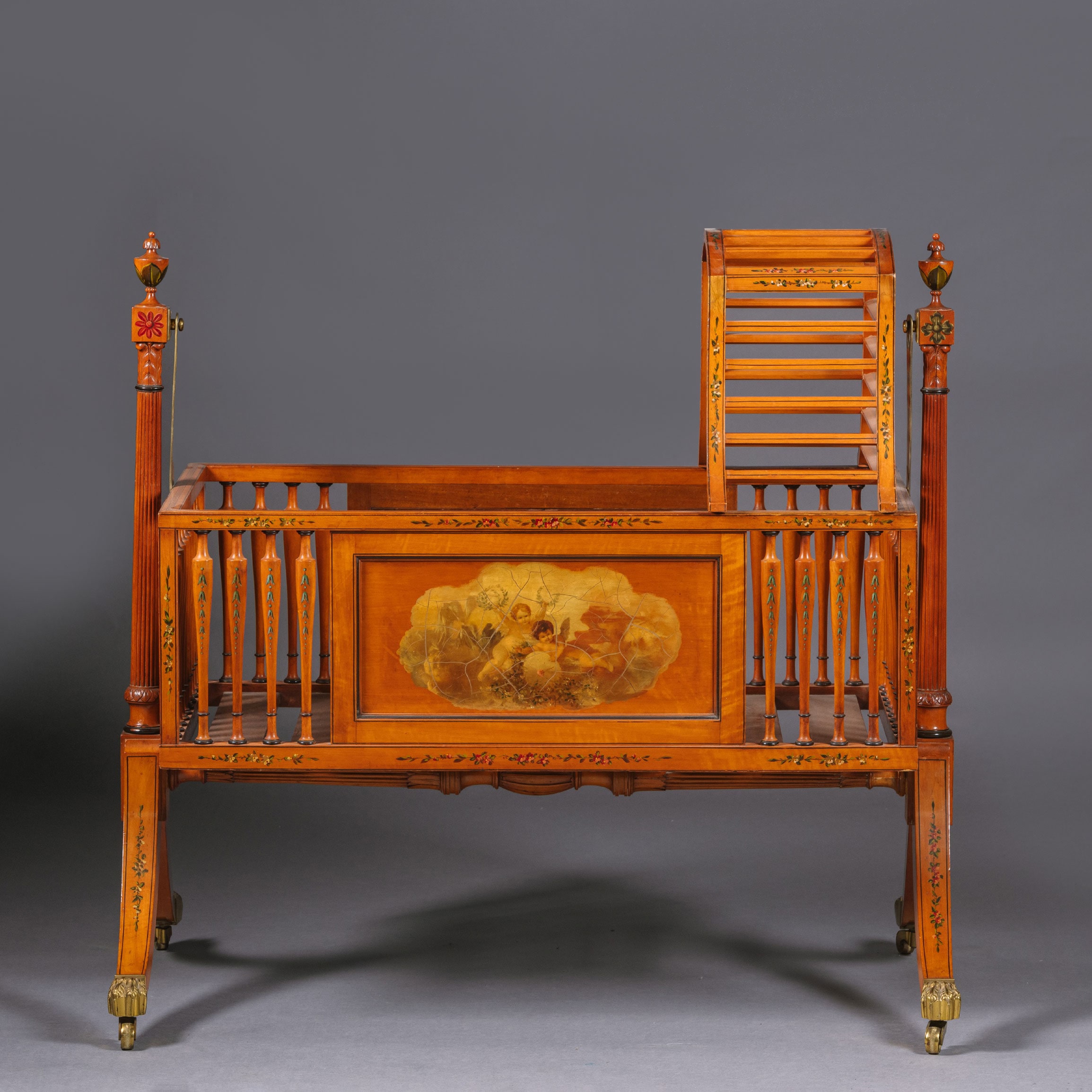
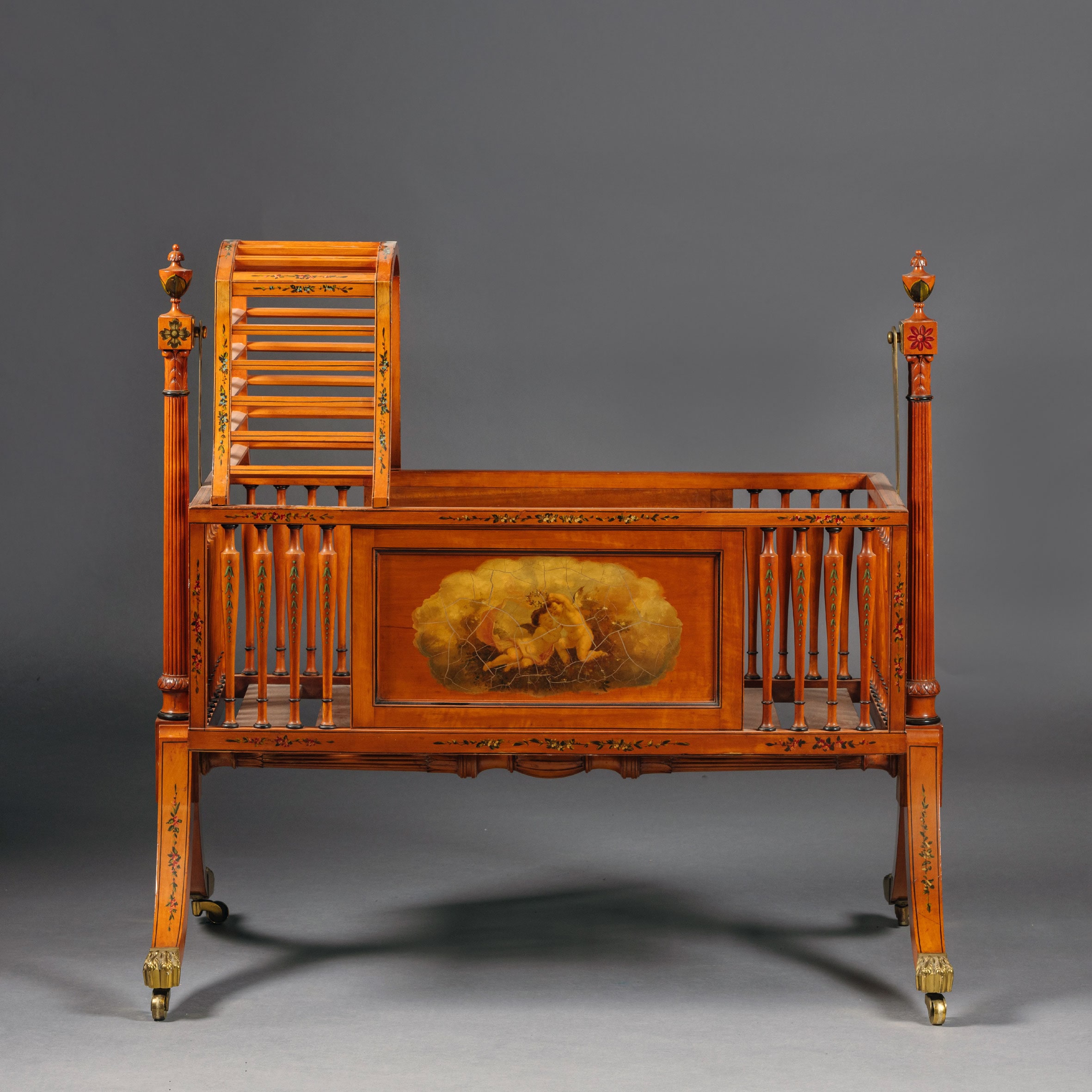

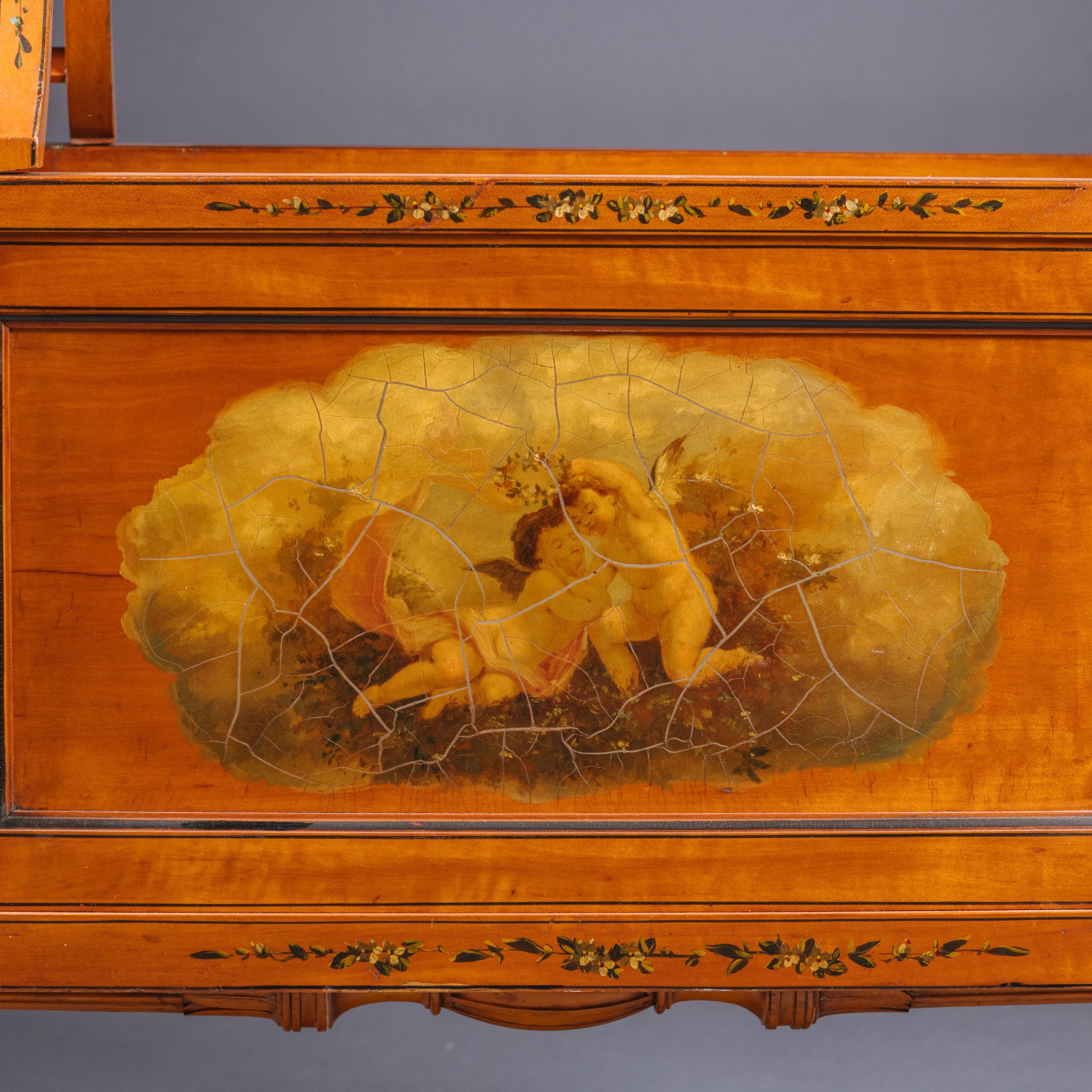
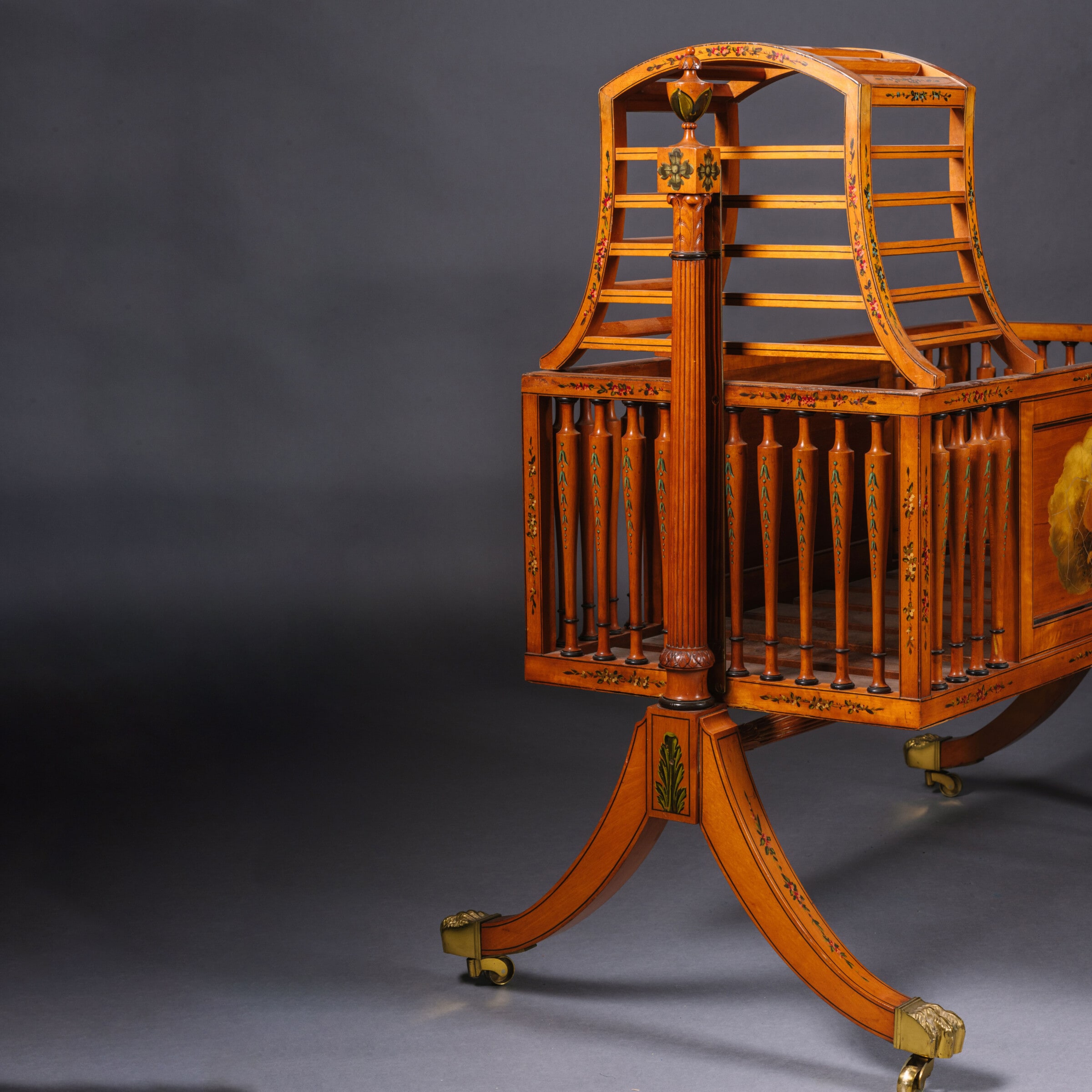
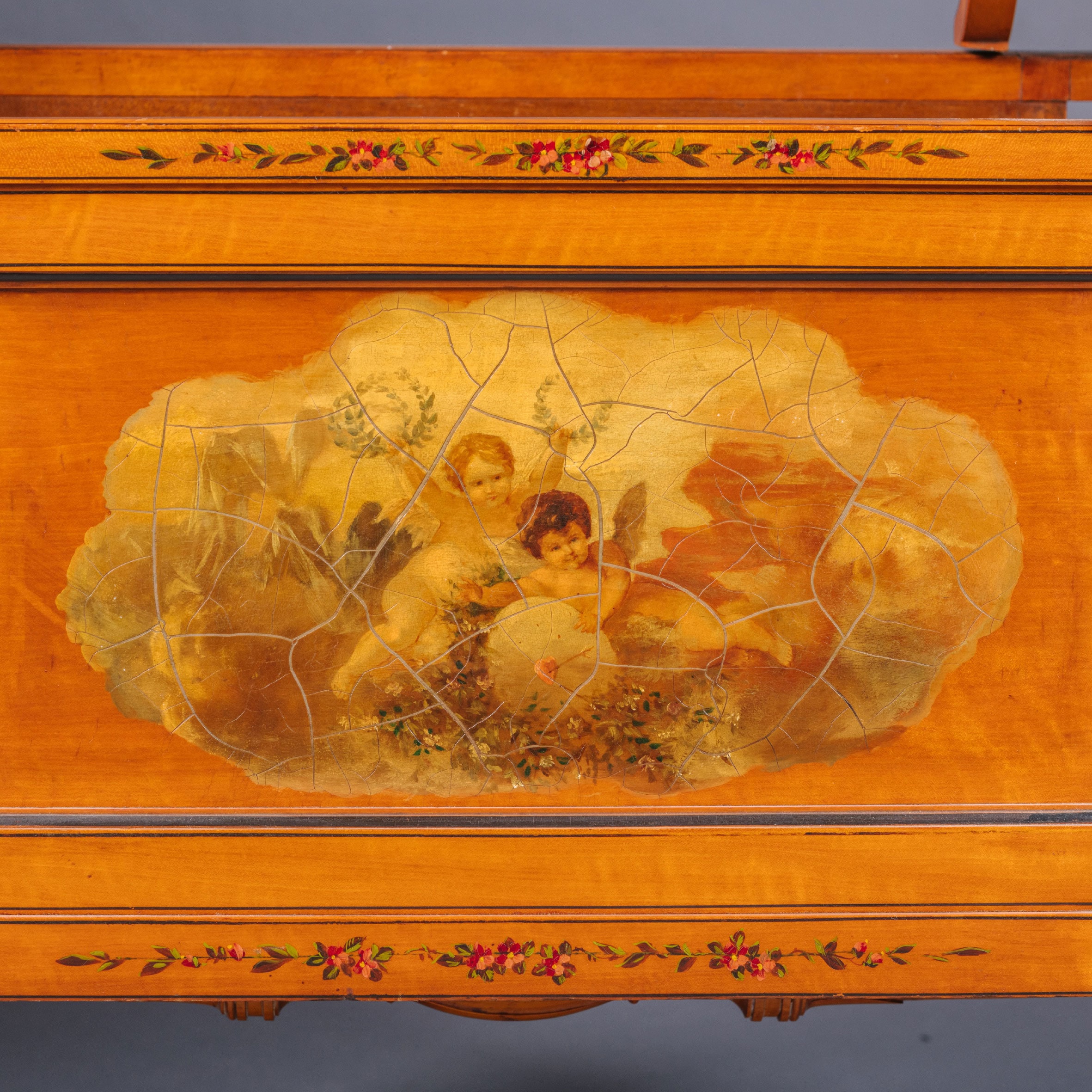

 Imprimir
Imprimir